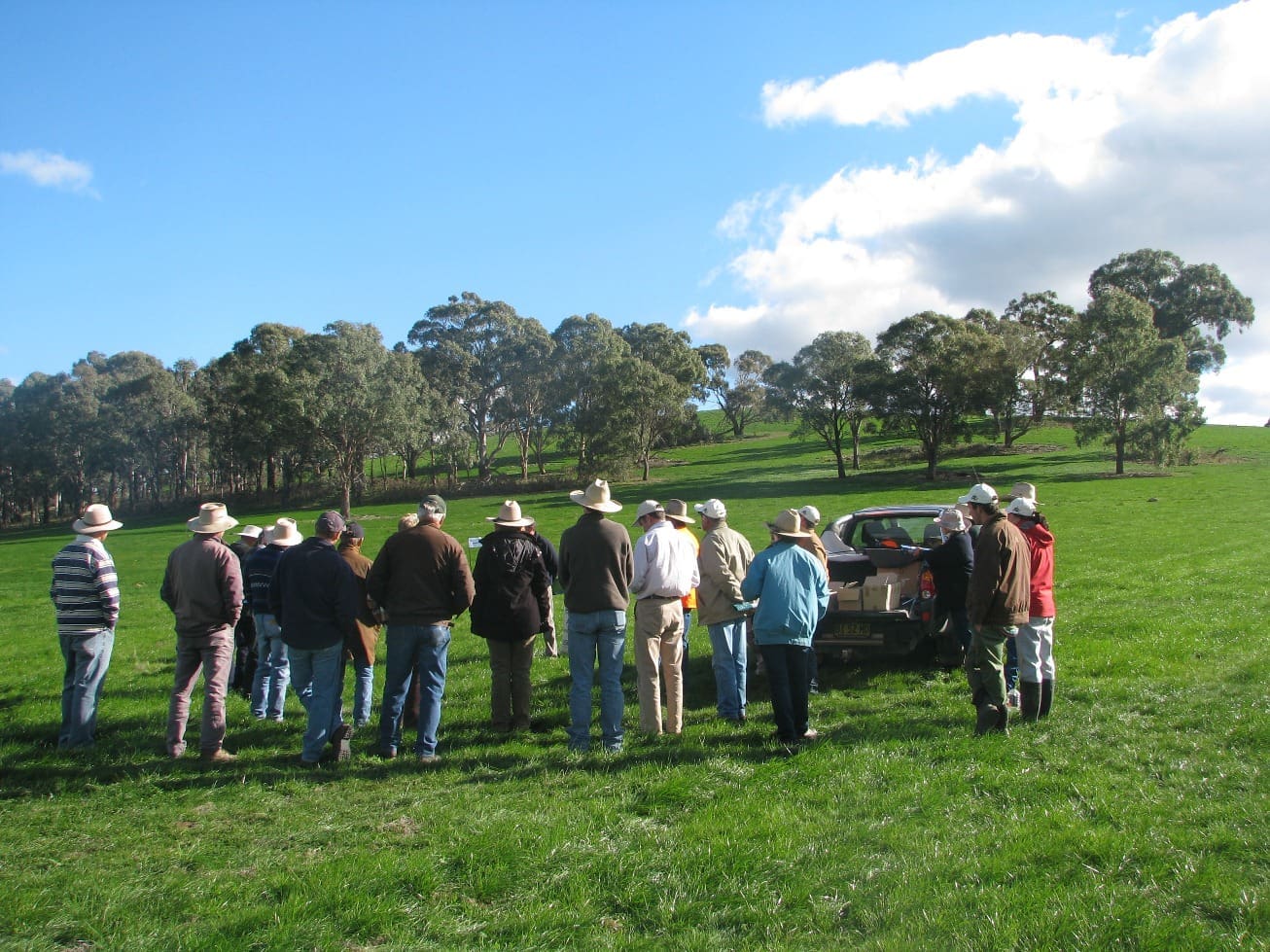 Are cooperative or collaborative farming models the way of the future for family farming operations seeking to overcome dwindling farm gate returns and declining terms of trade over time?
Are cooperative or collaborative farming models the way of the future for family farming operations seeking to overcome dwindling farm gate returns and declining terms of trade over time?
Producer cooperatives were once very common in Australia, particularly in the dairy sector, but have largely disappeared from the rural landscape. Australian Farm Institute CEO Mick Keogh says there are several theories to explain why cooperatives have not survived in Australia, such as a lack of government subsidies for farm businesses and a more individualistic culture in Australian farming (see his earlier article here).
However, large, farmer controlled cooperatives can be found in abundance internationally, as Mr Keogh points out, particularly in the agribusiness sectors of South America, North America, Europe and Asia.
With the challenges that family-sized farming operations face to remain profitable drawing greater attention in recent years, there has been renewed interest in the concept of cooperatives as a way to help producers increase their bargaining power, achieve greater economies of scale and improve profitability without necessarily losing control over their individual businesses.
Examples of such arrangements can range from vertically integrated structures where producers join forces to invest in downstream processing, such as the Northern Cooperative Meat Company at Casino, to more horizontal arrangements where producers align along geographic, breed or other branding lines to develop scale, reduce costs and improve their buying and marketing power.
One successful example of the latter on a small collaborative farming scale is Bulla Burra in South Australia, recently featured by Beef Central.
Agriculture minister Barnaby Joyce is among those who sees greater potential for producers in working together for mutual benefit. He has just allocated $13.8 million in the Agricultural Competitiveness White Paper to a two-year-pilot program to “provide better knowledge on cooperatives, collective bargaining and innovative business models”.
Given the growing interest in the topic, Beef Central asked David Adamson from the University of Queensland School of Economics for a crash course on the pros and cons of cooperative farming arrangements, and whether they do really offer potential solutions for Australian cattle producers to improve their terms of trade.
Responding from the Royal Veterinary College in London where he is currently undertaking an Endeavour Research Fellowship, David said there were various advantages and disadvantages to cooperative arrangements.
PROS:
The main benefit was of cooperatives was the greater power they gave groups of individuals in the market.
Cooperatives provided:
- The ability to purchase large volumes of inputs to gain discounted rates and or have stock on hand for members when it’s really needed;
- The ability to gain special rates on shipping costs (inputs and outputs);
- The ability to supply larger volumes to market and consistently over longer periods which in turn facilitate co-ops to develop into long term opportunities (i.e. price paid)
- “If you can fix the price received it then takes one element of uncertainty away from the decision maker,” David explained. “This then makes it easier to increase profit. Now all they have to worry about is input prices, the weather, yield and other vagaries of life but you know the price. This then allows farmers to use cost minimisation optimisation strategies with far more confidence.”
- The ability to develop a label (marketing);
- The cooperative can become the target of buy-outs by rival companies which in the short run can provide a good price for each share holder (but then the producers may no longer receive the benefits from a co-op);
- Very successful agricultural coops include Murray Goulburn Co-operative or Fonterra in the dairy sector. Successful co-ops can:
- purchase other co-ops or businesses in the area they know to become a larger player in a single market (bid to take over Warrnambool Cheese & Butter);
- diversify into new opportunities to hedge against future risk;
- Increase the capital value of their shares by listing on stock markets (http://www.abc.net.au/news/2015-05-08/murray-goulburn-asx-dairy/6455892);
- Can invest in members skills via training;
- Can put profits back into the local community (think the sponsorship of local sporting teams).
(Interestingly, in 2011 the International Cooperative Alliance released a report identifying the top 300 Cooperatives in the world. Two of the 300 were from Australia 2011 – see the report here http://www.thenews.coop/49090/news/general/view-top-300-co-operatives-around-world/)
CONS:
On the flipside, while co-ops are set up in a variety of ways for different reasons, they have generally failed due to:
- A lack of management ability and governance rules:
- Running day to day needs dedicated paid staff who are experts in finance, marketing and management;
- Failing to understand the policy regulations;
- Members can end up paying more for the inputs and fail to get good prices and/or lock into prices that are far lower than the market is paying:
- This is a killer for the business especially if producers are locked into supply a fixed amount.
- In many cases producers just sell to the open market and not to the co-op (i.e. individual benefits and the co-op suffers);
- Use of verbal rather than written contracts;
- The inability to interact between the co-op members and the co-op management creates distrust leading to members existing;
- Inability by members/board/managers to understand why they must reinvest (capital, skills and new knowledge) back into the co-op;
- Co-ops have quite often been used to develop an infant industry which struggle as the demand is just not here for their goods (think of the ones associated with aloe vera in the 80’s http://www.abc.net.au/landline/stories/s502100.htm)
- The “Free rider” problem: The membership rules of the co-op are very lax and/or members provide the benefits of the co-op to non-paying members. Reduces the co-op cash flow from members fees (dependent on how the co-op is set up);
- The inability to meet supply contracts:
- Financial implications for the co-op;
- Supplement inferior goods that tarnishes the brand.
- When they fail they can create a lot of bad blood in a region.
So there is a comprehensive picture of the benefits cooperatives can bring but also the reasons why many fail. What do our readers think? Are cooperatives the answer for declining terms of trade for Australian cattle producers?




HAVE YOUR SAY